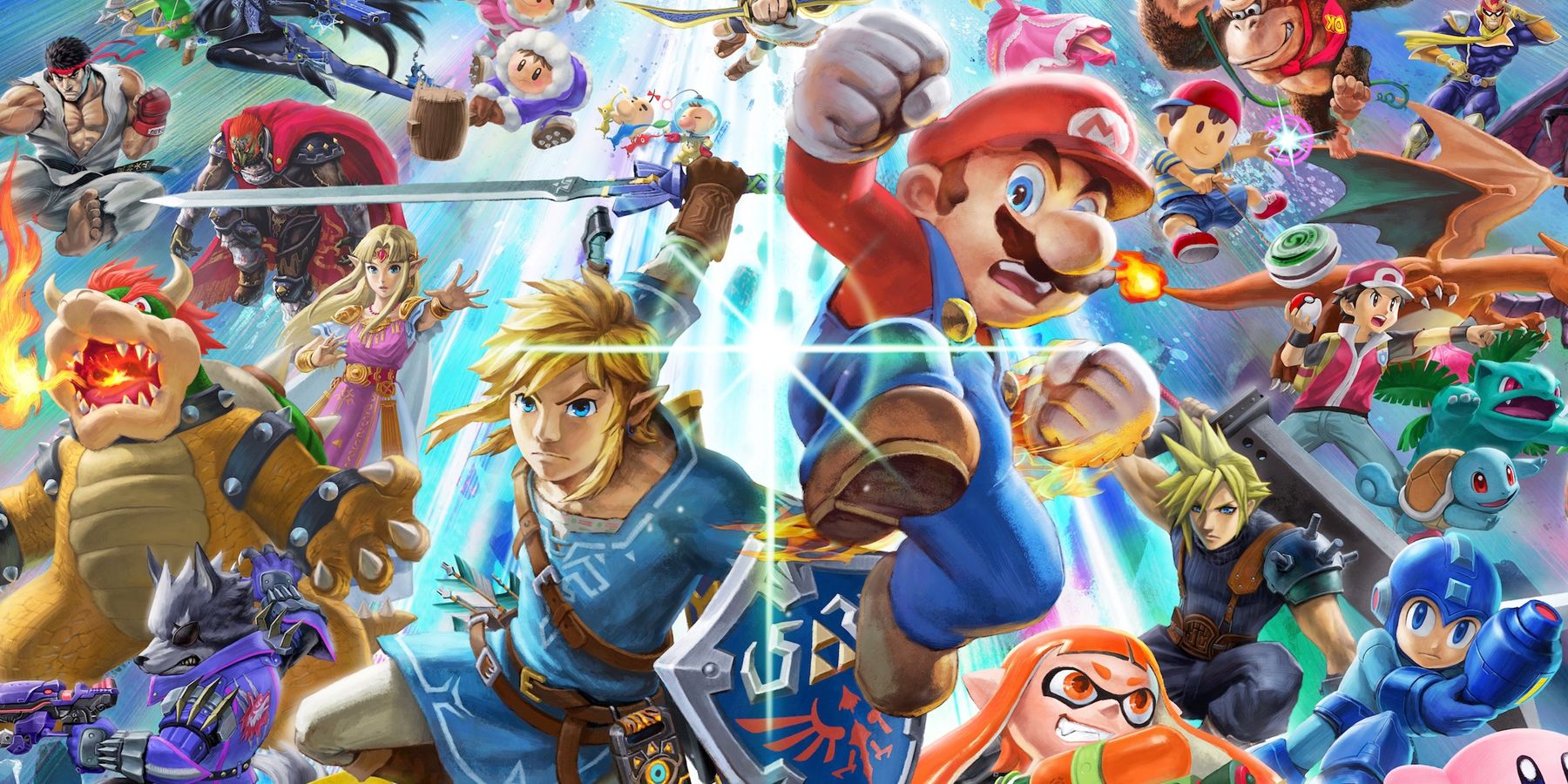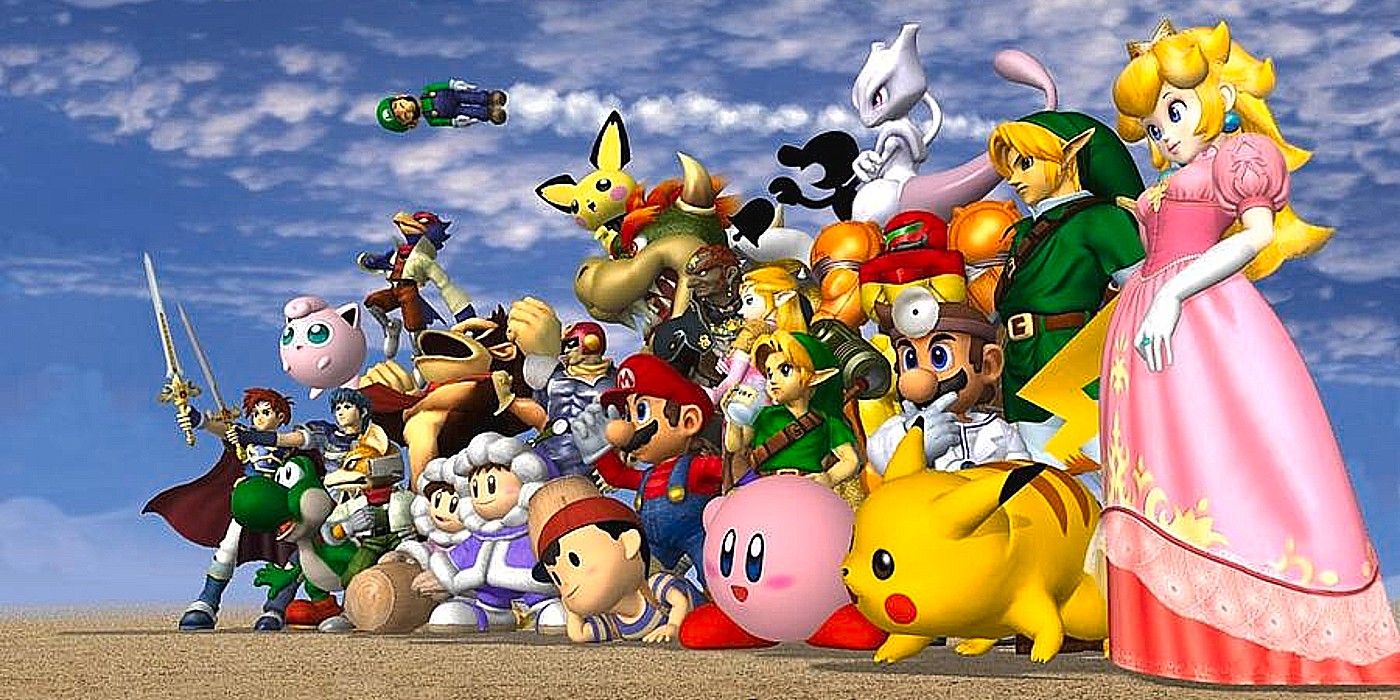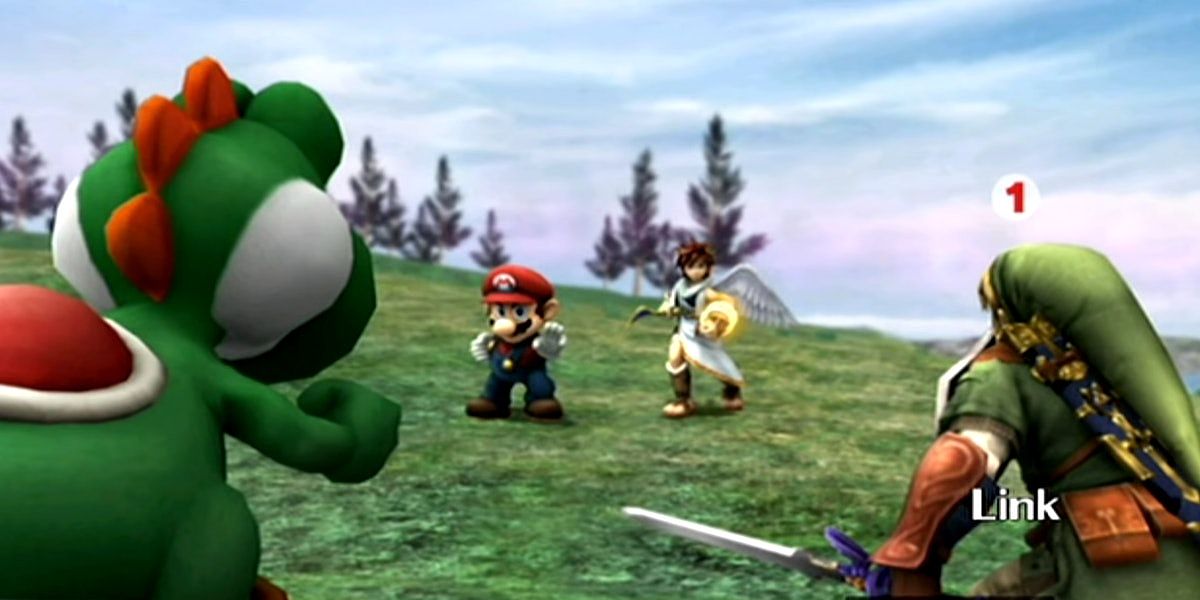The Super Smash Bros. series transcends the gaming world, serving as an encyclopedia of gaming history and a celebration of the industry’s greatest franchises. With such a historic heir to its name, it’s surprising to see the lack of effort on the part of Nintendo in terms of re-releasing the older entries in their flagship fighting franchise.
Released in 1999 for the Nintendo 64, the original Super Smash Bros. captured the hearts of gamers with a fighting roster consisting of the most recognizable faces in Nintendo’s library, such as Mario, Link and Pikachu. The original title’s success gave birth to multiple sequels, with each subsequent Nintendo home console receiving its own iteration of Super Smash Bros. packed with new fighters, stages and game modes. The culmination of the series’ history resides in 2018’s Super Smash Bros. Ultimate, featuring a bevy of legacy content such as all past fighters, music tracks, and numerous stages from past entries in the series. Though Super Smash Bros. Ultimate prides itself on celebrating the franchise’s legacy, it is not enough to preserve its history.
To be fair, Nintendo deserves some credit for making an effort to preserve the original Super Smash Bros. The Nintendo 64 title received a digital re-release on both the Wii and Wii U e-shop. Perhaps Nintendo is content with re-releasing Super Smash Bros. since it does not pose any competitive threat to the modern entries in the series in terms of its roster size and game content. Regardless, the original Super Smash Bros. provides a tremendously fun multiplayer experience that can easily rival any of its contemporaries. It would be an incredible disservice to the game’s legacy not to feature it as part of the Nintendo 64 – Nintendo Switch Online application, allowing audiences to experience its chaotic multiplayer through online connectivity.
The real travesty is the failure to preserve Super Smash Bros. Melee, arguably the most influential title in the series. Throughout its 20-year history, Melee became the pinnacle of competitive Super Smash Bros., attracting a devoted fan base dedicated to pushing the game to its technical limits. Despite its rather limited roster size, Super Smash Bros. Melee still finds itself featured in both local and high-profile tournaments, with new players joining the competitive sphere every day. Nintendo can easily capitalize on the never-ending demand for Super Smash Bros. Melee by re-releasing the game on Switch. Not only would the game sell on the basis of nostalgia, but it also provides players an easy and accessible way into the competitive scene.
Although Melee‘s successor, Super Smash Bros. Brawl, failed to maintain the same competitive longevity, its contributions to the franchise cannot be ignored. Super Smash Bros. Brawl changed the landscape of the series with a newly expanded roster that included two third-party characters, Solid Snake and Sonic the Hedgehog. Furthermore, Super Smash Bros. Brawl provides the best single-player experience with its inclusion of the Subspace Emissary, a side-scrolling adventure complete with an original narrative. The mode is fondly remembered by fans for its cutscenes, which are filled with charming interactions between the game’s roster. While Super Smash Bros. Ultimate featured its own single-player campaign with the “World of Light” mode, it failed to capture the same magic as Subspace Emissary due to its weak narrative and limited supply of cutscenes.
While Super Smash Bros for Wii U and its handheld sibling, Super Smash Bros. for 3DS, share similar rosters, modes and stage selections with Super Smash Bros. Ultimate, Nintendo still has an obligation towards both games, which contained their own exclusive game modes and stages. Further, due to the lackluster sales of the Wii U, there are a great number of players who never experienced this era of Smash, or at the very least, only experienced the handheld version on the 3DS. Both games will become harder to obtain due to the imminent closure of the Wii U and 3DS e-shops. It would be incredibly redundant to port both versions to a hybrid console like the Nintendo Switch. In order to rightfully preserve both titles, Nintendo should release the games as one cohesive package: the definitive “Super Smash Bros. 4“
The Super Smash Bros. series certainly made its contributions to gaming history, highlighting the best franchises the industry has to offer. While Nintendo should obviously strive to make each new installment bigger and better, they cannot forget just how vital previous Super Smash Bros. titles have been to their brand since the series’ debut in 1999. For a franchise built on loving and celebrating the gaming industry, it’s about time the Super Smash Bros. series received that same love and admiration.
Read Next




